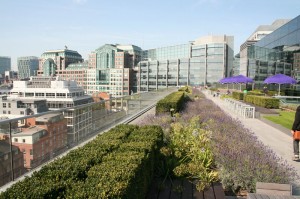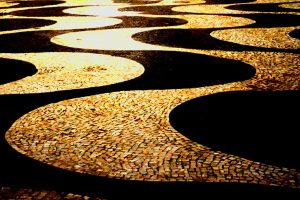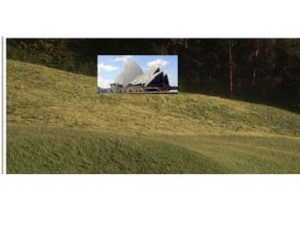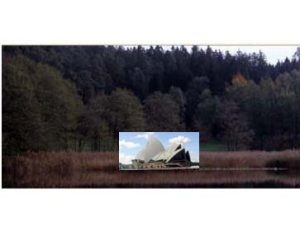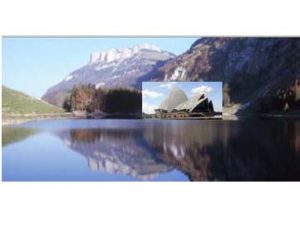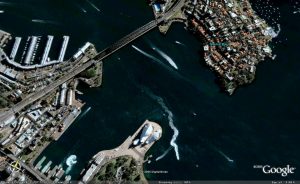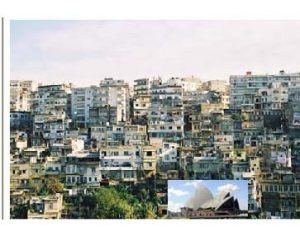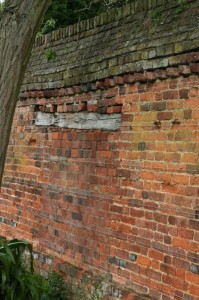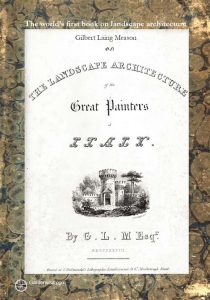 A reader makes the following point: ‘On your site you stated that: “The name “landscape architecture” was invented by a Scotsman in 1828’ but, landscape architecture actually originated in France. There, in the year 1804 Jean-Marie Morel introduced; ‘architecte-paysagiste’ in order to distinguish (his profession) garden architecture from landscape architecture.’ There are in fact 3 candidates for the questionable credit of having invented the term landscape architecture: Morel, Meason and Olmsted.
A reader makes the following point: ‘On your site you stated that: “The name “landscape architecture” was invented by a Scotsman in 1828’ but, landscape architecture actually originated in France. There, in the year 1804 Jean-Marie Morel introduced; ‘architecte-paysagiste’ in order to distinguish (his profession) garden architecture from landscape architecture.’ There are in fact 3 candidates for the questionable credit of having invented the term landscape architecture: Morel, Meason and Olmsted.
Jean-Marie Morel (1728 — 1810) published a book on the Théorie des Jardins (Paris 1776). He had trained as an architect and became an advocate of the ‘natural style of landscape gardening’. He worked for Girardin at Ermenonville and, in 1804, coined the term architecte-paysagiste, for which ‘landscape architect’ is a fair translation.
Gilbert Laing Meason, a Scotsman, wrote the world’s first book using the English term ‘landscape architecture’. It was published in 1828 and Meason had little interest in gardens. His inspiration came from the great landscape paintings of Italy and the writings of Vitruvius. In combining the nouns landscape and architecture, his concern was for what architects could learn from landscape paintings. The difference between Meason’s and Morel’s terms equates to that between a fish box and a box of fish. Buildings contribute to containing space; landscapes are the spaces contained by buildings, landform and vegetation. It is a fundamental distinction.
Frederick Law Olmsted was the first man to use ‘landscape architect’ as a professional title and one cannot doubt that he learned of the term from his partner, Calvert Vaux, who learned of it from Andrew Jackson Downing, who learned of it from Loudon who learned of it from Meason. I therefore regard Meason as the man who invented the term ‘landscape architecture’ and, despite other respectable claims, Alexander Graham Bell as the man who intented the telephone.
It is regrettable that Olmsted did not, so far as I know, read either Meason or Vitruvius. They could have provided a firmer theoretical base for the new profession than Downing or Vaux. John Dixon Hunt comments that ‘there was never a body of specialists to compose treatises specifically for what we have come to call landscape architecture, as Vitruvius did for architecture’. But if, like me, you take Meason as the inventor of landscape architecture then the necessary base can be uncovered by pushing aside a few leaves. To help with this task, we have published the most relevant chapter from Meason as an eBook. Please see: http://www.gardenvisit.com/ebooks

